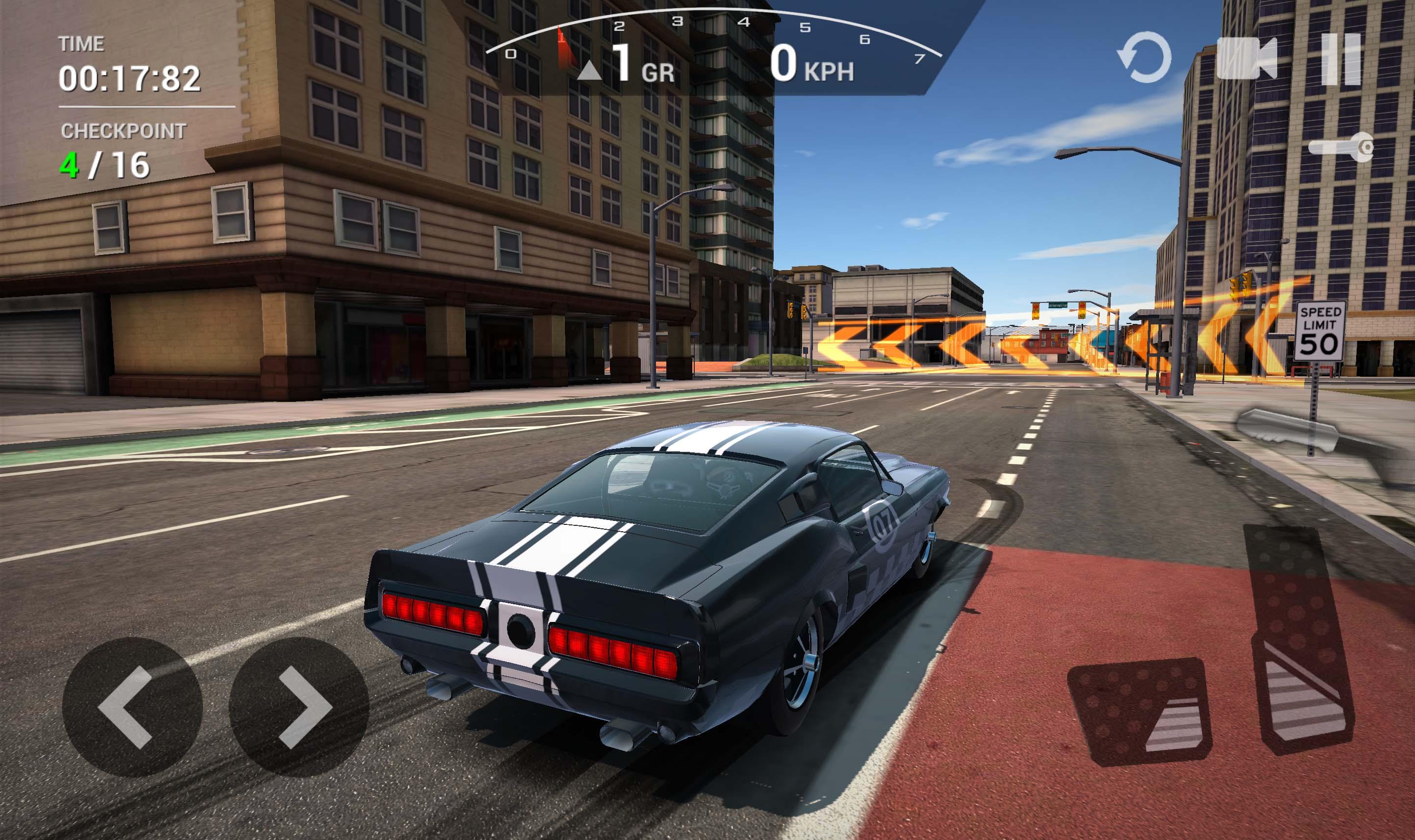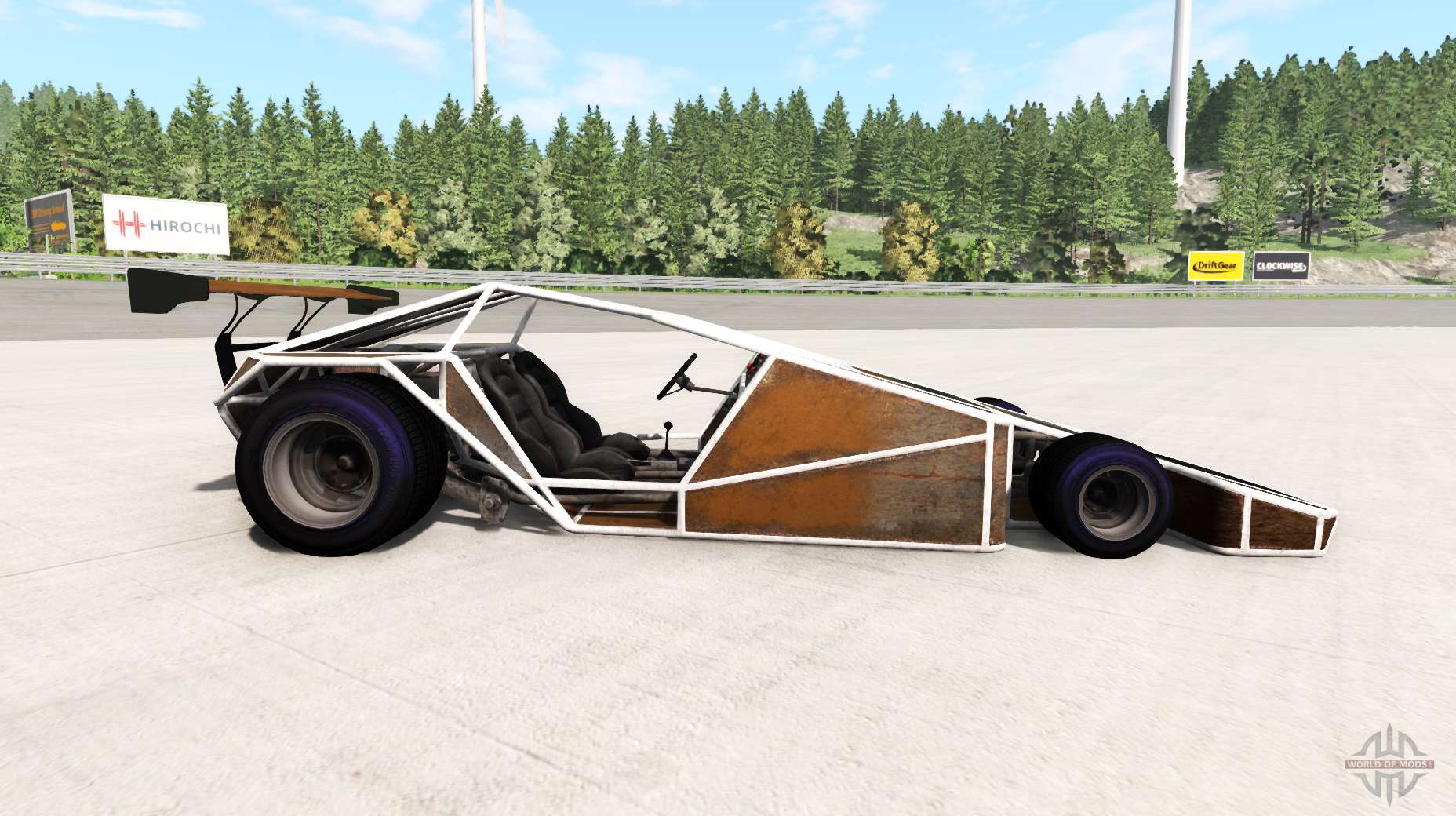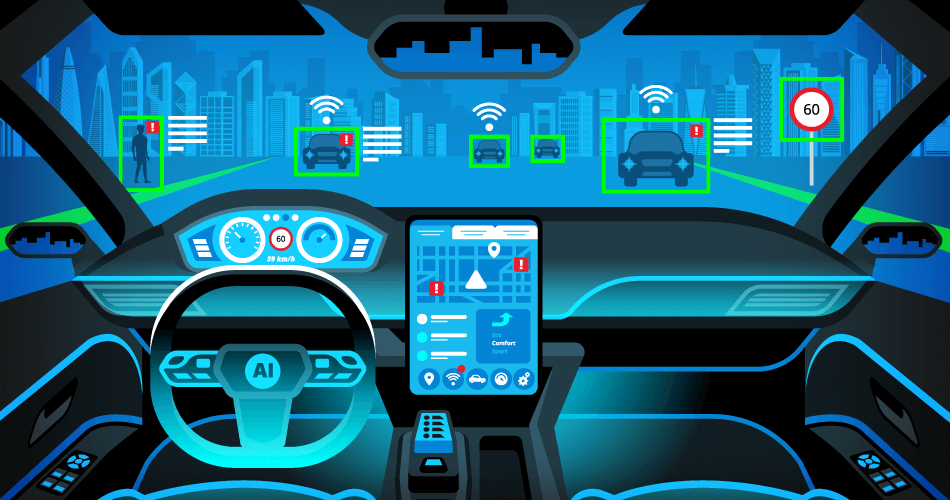Research was undertaken to determine vehicle size parameters influencing driver fatality odds, independent of mass, in two-vehicle collisions. Forty vehicle parameters were evaluated for 1,500 vehicle groupings. In car crashes, other vehicle parameters with statistical significance had a second order effect compared to mass. In light truck-to-car crashes, "vehicle type-striking vehicle is light truck" was the most important parameter after mass, followed by vehicle height and bumper height, with second order effect. To understand the importance of "vehicle type" variable, further investigation of vehicle "stiffness" and other passenger car/light truck differentiating parameters is warranted.
In light truck-to-car crashes, the variable "vehicle type-striking vehicle is light truck" shows up strongly even after controlling for mass, bumper height, and vehicle height. Several combinations of mass, vehicle height, and "vehicle type" were run to understand the interaction among these three variables. In front-to-left crashes involving a car and a light truck, "vehicle type" might, for example, represent the difference between body-on-frame (85% of light trucks) and unitized body (88% of cars) construction. Once again, additional data on ahof, frame rails, and/or "stiffness" would provide a better understanding of differentiated effects between cars and light trucks. In car-to-car fatal crashes, none of the vehicle size parameters selected by logistic models as statistically significant contribute as strongly to driver fatality odds as does vehicle mass. In front-to-front crashes, front overhang × width, front axle to windshield distance, wheelbase, and bumper height are significant but have a second order effect compared to mass.
In side-impact fatal crashes, mass was the only vehicle parameter that was significant. While FARS provides a complete census of national fatalities, there is no data source with sufficient sample size to obtain national estimates of nonfatal drivers involved in crashes. The GES data, maintained by NHTSA is a sample of all police-reported crashes selected from individual state crash files to provide national estimates. However, the sample sizes are small for performing analyses based on individual makes/models. Consequently, to extrapolate the number of nationwide nonfatal crashes, crash data from three states was used.
Several sensitivity analyses were performed to validate the extrapolation methods used. Another data source, GES, is maintained by NHTSA and is a collection of police-reported crash data obtained from individual states. GES obtains its data from a nationally representative sample selected from 6 million police-reported crashes which occur annually. However, the use of GES data is limited and cannot be relied upon to compare injury experience of specific makes/models of cars and light trucks. In addition, GES data contains the same strengths and weaknesses of each individual state crash file and it does not provide any additional benefit to this study. To date, the NHTSA studies addressing vehicle compatibility issues have typically used state crash files to address the relative importance of factors influencing fatality risk.
The "vehicle type" variable was shown to be significant even after controlling for mass, bumper height, and height of cars and light trucks. This result indicates that there are other design parameters, such as "stiffness," that could contribute to fatality odds in a light truck-to-car crash. Other factors such as rail height/crumple zone that differentiate cars and light trucks might also contribute to fatality odds in a crash involving cars and light trucks. Limited data was available for some of these vehicle parameters. To date, none of the size metrics examined was as important as mass in influencing fatality odds.
This latter study evaluated the fatality risk to the driver of the vehicle in question and fatality risk to the driver of other vehicles involved in crashes with the vehicle in question. The study acknowledged that separating the contribution of driver characteristics from vehicle design contribution is difficult. The authors updated their study and concluded that some design factors, such as bumper height and stiffness of light trucks and sport utility vehicles , could be better predictors of risk than vehicle mass. In addition to mass, vehicle height, and bumper height, "vehicle type" seems to influence fatality odds in light truck-to-car crashes.
Table 4 presents the relative contribution of factors to fatality odds. Once again, driver factors and high-risk striking driver were important factors influencing fatality odds. Of the vehicle parameters examined, "vehicle type-striking vehicle is light truck" was important in influencing fatality odds after mass in all the three configurations.
Vehicle height, bumper height, and front axle to windshield were significant in different configurations, with second order effect compared to mass. The relative contributions of factors selected by logistic models as being significant are presented in Table 3. The relative contribution of variables to fatality odds and relative explanatory power of variables to logistic models (Wald Chi-square) indicate once again that driver factors are important in all configurations.
As in Phase 1, mass was the most important vehicle parameter, contributing approximately 20–30% to the variation in fatality odds in car crashes. The collective effect of size parameters on fatality odds in any crash is 8–9%. In addition to bumper height and overall vehicle height, the influence of average height of force (ahof, derived from NHTSA's NCAP results) was investigated for car-to-car crashes. Logistic models were developed including ahof in each configuration.
The data sets were reduced by half due to the limited availability of ahof data for the vehicles included in the study. Still, preliminary analyses indicate that a striking vehicle's ahof is at least as important as bumper height for crashes involving cars . For the crashes involving light trucks, ahof was available for only 40% of the data.
More data on ahof for light trucks is needed to understand the relative influence of ahof. In light truck-to-car crashes, cases in which the struck vehicle is a car and cases in which the struck vehicle is a light truck were both included. Most of the driver fatalities in these crashes (about 80%) were in cars. A variable called "vehicle type-struck vehicle is car or light truck " is included to address the crash compatibility between cars and light trucks. Table 2 presents the light truck-to-car results with the relative contribution of each factor to fatality odds.
For light truck-to-car fatal crashes, the logistic models once again show driver factors and mass ratio to be the primary variables contributing to driver fatality odds. In addition, "vehicle type-striking vehicle is light truck" contributed significantly to fatality odds. In fact, the majority of teenagers involved in fatal crashes are unbuckled. Even more troubling, when the teen driver involved in the fatal crash was unbuckled, nine out of 10 of the passengers who died were also unbuckled. As teens start driving and gradually gain independence, they don't always make the smartest decisions regarding their safety.
They may think they are invincible, that they don't need seat belts. They may have a false notion that they have the right to choose whether or not to buckle up. In both Phases, in front-to-front crashes, the size metrics bumper height and front axle to windshield distance showed up as significant parameters with second order effect compared to mass. In Phase 2, an additional size metric, "occupant relative vertical position," showed up as significant for the driver impacted on the left or right. The relationships between driver fatality odds and vehicle and driver parameters of striking and struck vehicles were examined using the FARS data set.
This procedure is consistent with that used in other field studies. All of these studies address the need to examine the relative contribution of size variables, mass, and other nonvehicular factors influencing fatality odds in car-to-car and light truck-to-car crashes. It addresses vehicle crashworthiness and the effect of mass and size on fatality odds, given a crash. The study focused on struck driver fatality odds in two-vehicle crashes and excluded rollover crashes. The vehicles included in the analyses were passenger cars and light trucks with gross vehicle weight rating less than 10,000 pounds.
Teen drivers, particularly 16- and 17-year-olds, have high fatal crash rates because of their immaturity and limited driving experience, which often result in high-risk behavior behind the wheel. In a recent NHTSA study, teens were two-and-a-half times more likely to engage in potentially risky behavior when driving with a teenage peer versus driving alone. The likelihood increased to three times when traveling with multiple passengers. In car-to-car all crashes, similar conclusions were reached about the contribution of driver factors, size, and vehicle mass. Again, the size metrics that showed up in front-to-front crashes and side-impact crashes as significant had a second order effect on driver fatality odds compared to mass.
Formal driver education programs exist in almost every jurisdiction in the United States. These programs generally mirror states' specific driving requirements, which assure novice drivers are being taught information relevant to state requirements. In fact, multiple studies report that GDL systems reduce the number of teen crashes. As a parent, it's essential that you take a proactive role in keeping your teen alive and injury-free throughout the early years of their driving education. Here you will find in-depth information on some of the most common safety problems novice teen drivers should avoid. Educate yourself about the consequences of illegal alcohol use by minors, the benefits of seat belt use, the growing epidemic of distracted driving, and much more.
For this reason, logistic models were developed separately for crashes involving vans and crashes involving pickups and SUVs. Do you have to add a driver to your policy every time someone borrows your car? An auto insurance policy typically covers you, your spouse or partner and relatives who live in your home. And it can extend to other licensed drivers who have permission to drive your insured vehicle. There are a few basic requirements you'll need if you want to sign up to become an Uber driver.
You must meet the minimum age to drive in your city and have at least one year of driving experience. You must also have a valid driver's license and an eligible vehicle with four doors. When you sign up, you'll have to provide the company with proof of residency, proof of insurance, and registration, as well as a profile photo. The type of car insurance coverage you need depends on your state.
Uber does offer coverage, but only when you are logged into their app and driving customers. When you're offline or the driver app is off, your personal car insurance company and coverages apply. According to the Centers for Disease Control and Prevention, teens are more likely than anyone else to be killed in an alcohol-related crash. Even though the minimum legal drinking age in every state is 21, data shows 16% of 15- to 18-year-old drivers involved in fatal crashes in 2019 had been drinking.
Drugs other than alcohol – illicit as well as prescribed and over-the-counter – can affect your teen's driving, so be sure you and your teen talk about driving and drug use, too. The state crash files, which rely largely on self-report to determine whether belts were in use, suffer from over-reporting of belt use for uninjured occupants. Data obtained from observational studies by state, sponsored by NHTSA , was examined to address the nature of over reporting of belt use in state files. The state police-reported belt use was higher for nonfatal occupants, compared to observational surveys.
However, there were no inherent biases in favor of or against specific makes/models in terms of belt use. A correction factor based on survey data was used to account for effects of belt use over-reporting, and the results of subsequent analyses were compared with logistic models developed using state-reported belt use. Both these analyses rendered the same conclusions in terms of relative importance of factors influencing fatality odds. In all crashes, mass still contributed about 20–30% to variation in fatality odds. "Vehicle type-striking vehicle is light truck" was significant even after controlling for mass and vehicle height. Data on "stiffness," "rail height," and other differences between light trucks and cars needs to be explored further.
Airbags were significant in reducing fatality odds in front-to-front crashes, and front overhang × width, front axle to windshield distance, and bumper height showed up as significant size parameters. However, none of these size parameters were as important as mass in influencing fatality odds in car-to-car crashes. The study included 18,175 car-to-car fatal crashes and 21,980 light truck-to-car fatal crashes in which only one driver died.
The factors influencing struck driver fatality odds are discussed in detail in subsequent sections. In Phase 1, factors influencing fatality odds in severe crashes were examined. In particular, two-vehicle crashes in which exactly one driver died were examined using FARS data for the years 1980–1999.
Crash data had to include vehicle identification numbers . VINs were used to identify makes/models and to screen for 1981 and later model vehicles. You need to add someone to your car insurance policy if they reside in your household, have a driver's license and have access to your car. Driver factors and vehicle mass are the dominant variables influencing driver fatality odds.
Of all vehicle parameters, mass is the most important factor influencing odds of driver fatality. The results are consistent with those of the Phase 1 study on fatal crashes. Of all the vehicle parameters studied, mass was the most important factor influencing fatality odds. The size parameters had a second order effect on fatality odds compared to car mass in fatal crashes. Table 1 presents the variables that were shown to be significant (Chi-square significance at 0.05 level), along with their relative contribution to fatality odds.
Overall model fit parameters, p-value, and standard error for the coefficients of the selected variables were examined carefully to understand the relationship between mass, size, and fatality odds. Automated stepwise algorithms from the SAS statistical analysis program were used to select variables. The results were then examined carefully to select the best statistical models based on statistical and engineering interpretation of findings. The relative contribution of each variable to odds of fatality and the relative explanatory power of variables to model fit were examined to understand the importance of each explanatory variable in the logistic models. The findings of the Phase 1 study (i.e., identification of those parameters showing a significant influence on odds of driver fatality in a fatal crash) provided the starting point for Phase 2.
In Phase 2, the objective was to identify parameters that influence fatality odds in any crash. Phase 2 used FARS data and state crash file data from Florida (1986–1999), Maryland (1989–1999), and North Carolina (1980–1999). In this phase, nonfatal crashes were included so that the influence of size/mass on fatality odds in all two-vehicle, nonrollover crashes could be determined. In certain states and cities, Uber offers a flexible way to earn money.
You can also use the service as a way to make some extra money to supplement your primary income. As the driver, you decide how much and which hours you drive. You can easily work for Uber as a part-time or full-time business, or fit it into your school or existing work schedule.
You'll need a vehicle that's no more than 15 years old and should have a smartphone so you can use the app. But before you hit the road, make sure you familiarize yourself with the company's policies and invest in a good dashcam to keep your riders in check. The type of car insurance coverage you'll need varies by state. Uber does offer coverage, which is limited to only when the driver is logged into the app and driving customers. For most major insurers, including Geico, State Farm and Progressive, you can add a driver to your car insurance policy simply by calling your insurance agent or provider; you can usually also add a driver online. You don't need to add other drivers to your car insurance policy if they don't live with you and drive your car only occasionally.
Some insurance companies may also require you to add anyone who lives with you but isn't related to you, like a roommate. But even if your insurance company doesn't require it, consider adding your roommate anyway if they borrow your car even occasionally. If your roommate gets in a crash when driving your vehicle, your insurance company may not cover the damage if they determine the roommate should have been named on your policy but wasn't. Furthermore, it may not cost you much to add them to your policy. If it's any kind of commercial activity, like driving for a ridesharing program, you'll need to check your auto insurance policy.






























No comments:
Post a Comment
Note: Only a member of this blog may post a comment.